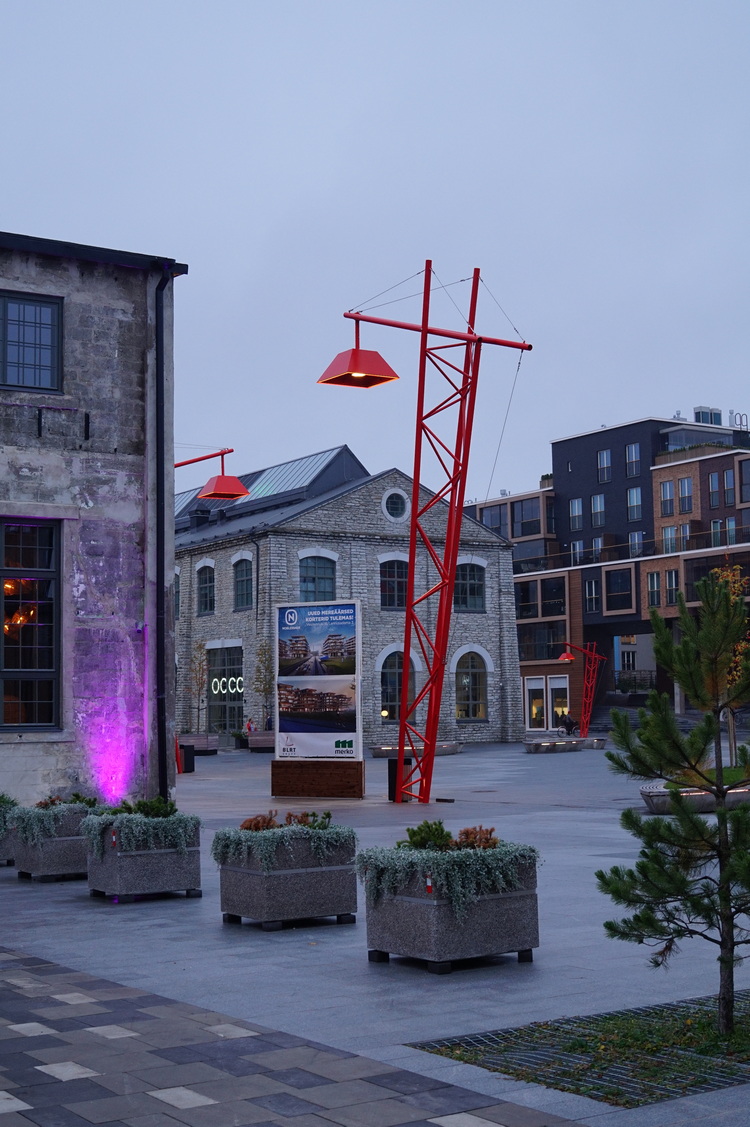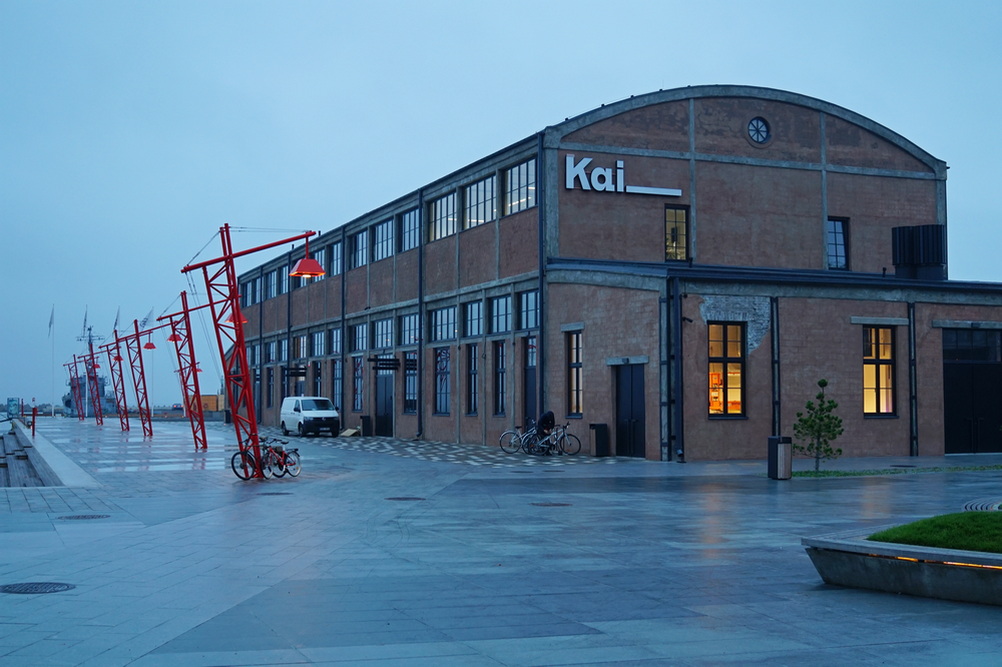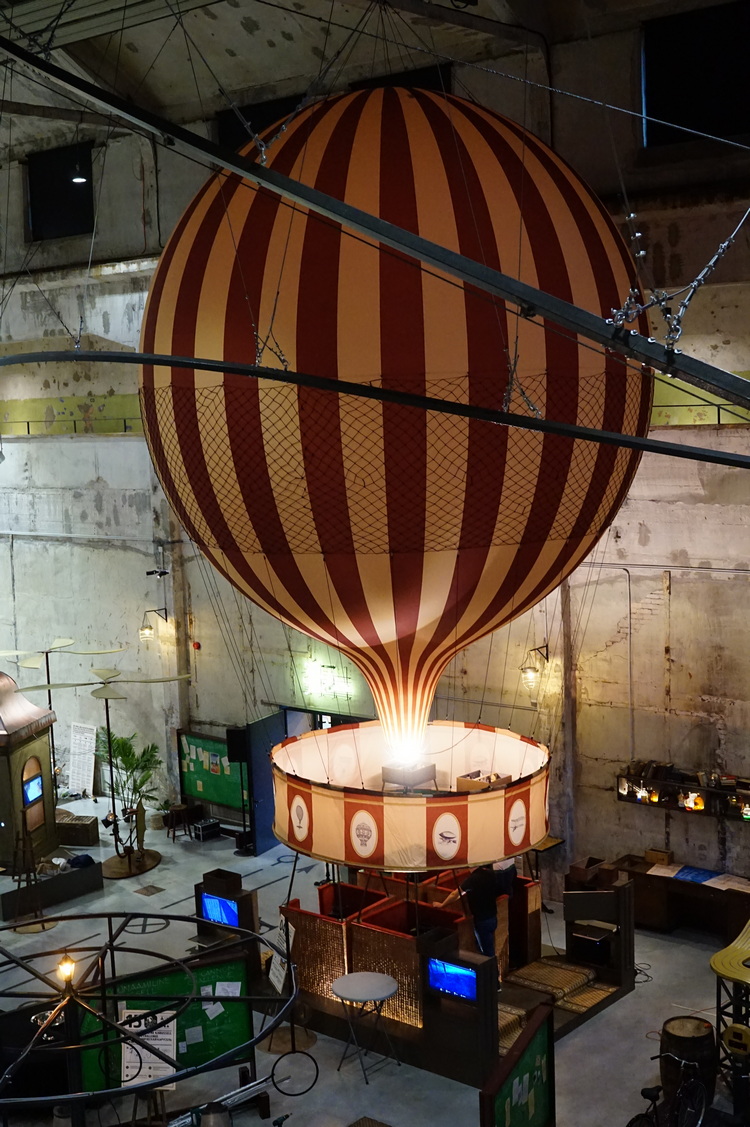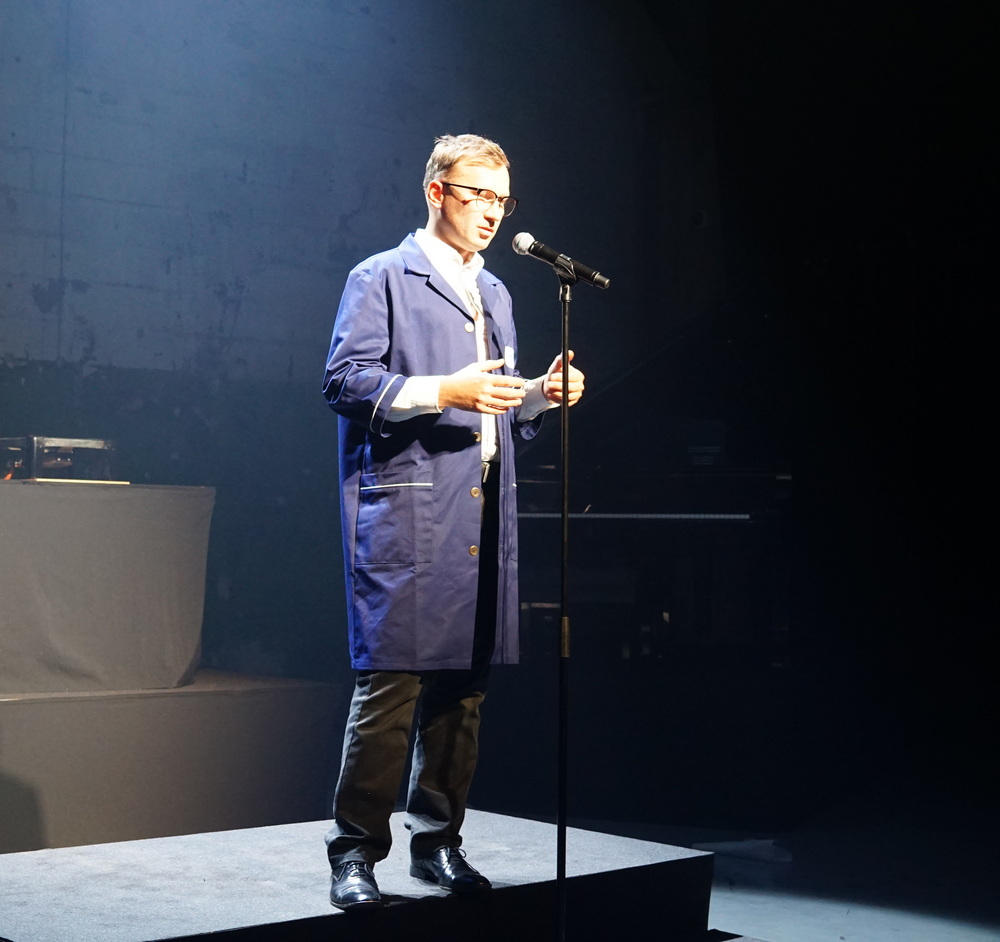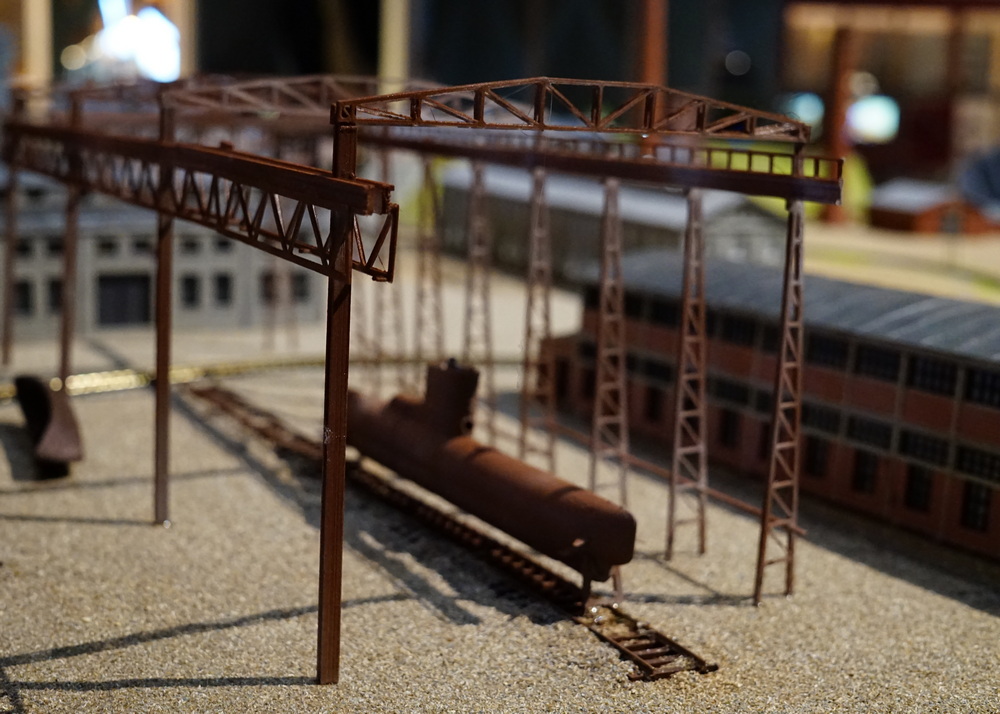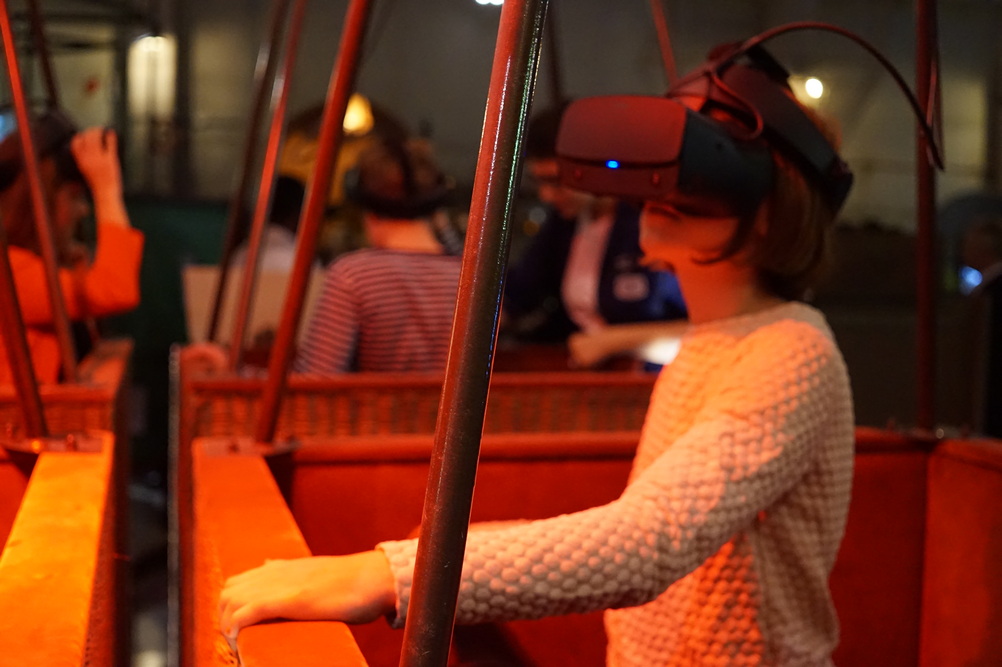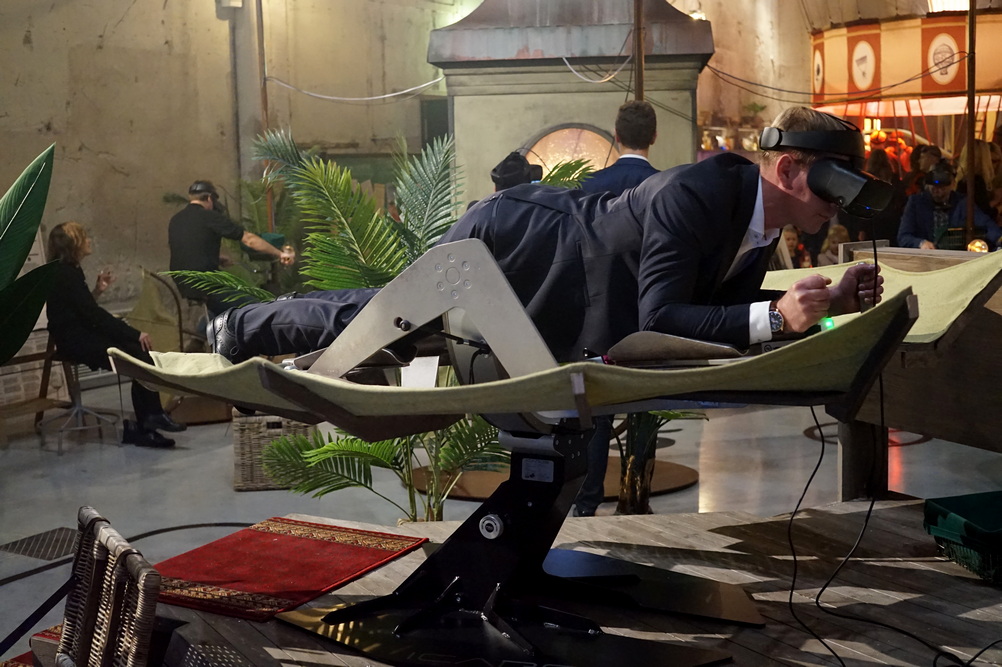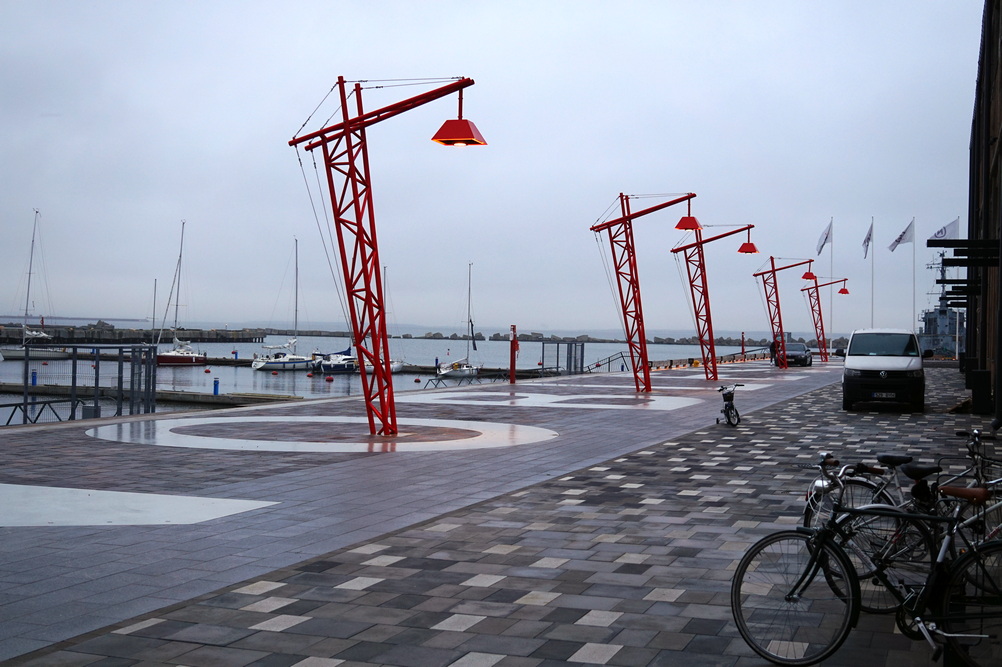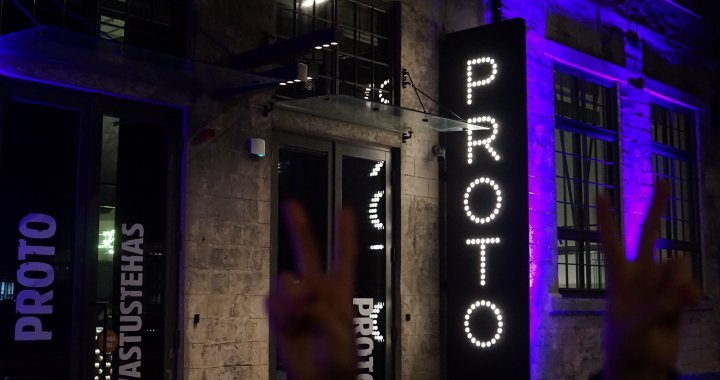
Noblessner: from art to inventions
A Tallinn seaside neighbourhood, formerly home to a submarine shipyard, finds a new lease of life and new appeal
31/10/2019
There are several segments to the timeline of this story. The first of them starts in 1912, when the oil producer Emanuel Nobel and owner of a machine-building plant Arthur Lessner decided to open a submarine shipyard in Tallinn (known as Reval at the time). Kronstadt was the largest base of the Russian navy in the Baltic Sea area; however, the sea is comparatively shallow there, which made the base unsuitable for underwater test runs and did not allow bringing the construction of a submarine to completion. That is why it was this particular area of the Baltic Sea shore, located a mere couple of kilometres from the Old Town of Tallinn, that was selected for the purpose. In all, 12 submarines were built here by 1917; the shipyard consisted of a number of buildings and blocks, each with a specific function of its own, but the final stages of the construction and assemblage of the submarines was finished right by the sea shore, in an open-air area. Combining the names of its two owners, the shipyard was named Noblessner; at the time, it looked like unlimited horizons of growth were open for it.
However, the 1917 revolution and the following Estonian independence changed the situation in its core; only small ships were now built in the shipyard. During the Soviet years, ships and submarines damaged in the battles of the Second World War, as well as fishing boats and metal constructions for ports were repaired on the premises of the anonymous ‘Factory No. 7’. Ship building practically in the heart of Tallinn carried on until the early 2000s, when the territory and the business were purchased by the BLRT Grupp company. Gradually the idea emerged to move the whole shipbuilding operation to the Kopli Peninsula, transforming the vacated area into a contemporary neighbourhood rich in cultural and entertainment infrastructure.
And so it was in Noblessner that the international KAI Art Centre opened this autumn. ‘The main mission of the centre is making the Tallinn art scene more international and offering a platform for various joint projects and collaboration,’ Kadri Laas, the director of the new centre told us. Genuine history permeates the actual space of Noblessner, and yet many residents of Tallinn were not even aware of its existence until a few years ago; this used to be a half-closed territory. The construction of this complex of buildings was the initiative of Emanuel Nobel, a man with Swedish roots; at the same time, many of the engineers involved in the project came from other countries. So you could say that the very existence of the neighbourhood came about thanks to the initiative of people who were very globally-minded for their time. The boats built here were given the names not only of exotic animals like panthers and lions but also of local species of fish ‒ salmon and others.
The emerging neighbourhood is also yet another step toward giving back access to the sea to the residents of the city: after all, this was a military industrial area for many decades. The public space is now very decently organised here; it is not subordinate to traffic. Even before we launched the centre, people came here in the summer to spend time or work by the seashore or have a meal. The actual space we have inherited is perfectly suited for showing contemporary art: the ceilings are high; at the same time, there are no supporting structures ‒ everything is very open and in full view. For the inaugural exhibition, we did not erect any walls; we just brought in screens and objects. Our current exhibition, ‘Let the field of your attention… soften and spread out’ is part of the Tallinn Photomonth, and it is also the result of collaboration between people representing different areas ‒ a designer, a dancer, a director. Performances, therapy sessions, film screenings and various workshops are held during the exhibition.’
While the KAI Art Centre has been operating since early September, a weekend in mid-October saw the Noblessner neighbourhood buzzing and welcoming countless visitors once again: the PROTO Invention Factory opened its doors to the public. It is located in the completely renovated Foundry, a building that boasts astonishingly good acoustics, a fact noticed back in 2008 by the Estonian conductor Tõnu Kaljuste. Since then, the Foundry has hosted a number of concerts. The building is not going to lose this particular function; however, alongside musical entertainment, PROTO visitors of all ages now can transport themselves to the world of late 19th-century inventions; never realised back in their time, these inventions have now found their corporeality thanks to the possibilities offered by virtual reality. This combination of steampunk and VR seems to be something like PROTO’s trademark strategy. And they even have an inventor of their own in the shape of the architect Andrus Kõresaar (who also worked on the renovation of the building and some eight years ago developed and realised the project of the Estonian Maritime Museum or Seaplane Harbour). We sat down for a conversation with him in the auditorium for concerts and conferences and asked Andrus if he had dreamt of a space like this as a boy.
Andrus Kõresaar at the opening of PROTO
‘I was an ordinary country boy who spent his school holidays taking care of potatoes or chicken. My childhood was quite an agricultural one, although I, of course, did read Jules Verne and similar books. Nevertheless, I never dreamt of any invention factory or anything like that. It was not so long ago that the idea came to me: I was simply inspired by the actual space. I looked at the Noblessner harbour: a hundred years ago, they used to build submarines here. The buildings still exist, and so I started to play with the idea. How do you transport those times to the present day and how do you present that world with the help of the new technologies? That is how the idea of a laboratory of inventions was born, like in the James Bond movies that are full of all sorts of wondrous things that only exist as one-of-the-kind as yet ‒ like prototypes. Besides, I am very interested in old factories and various ideas for their repurposing.
So when the idea of this direction ‒ inventions ‒ emerged, it occurred to me that the most interesting among them are the ones that were never brought to life. Like the bicycle that can be used to fly. Sadly, the forces of gravity would not permit that. And yet people in the 19th century seriously attempted to realise the idea, building prototypes and carrying out experiments. Using the contemporary technologies of virtual reality, we are able to create an object that is comprised of a mechanical part, namely, the actual bicycle, and a pair of VR glasses, thanks to which you will experience the flight. The same goes for the hot-air balloon: it is present as a physical object, and yet the flying will be done with the help of VR. So when the idea first emerged, we started exploring: what these inventions were that did not withstand the test of time; who these losers of the engineering history were who did not triumph but who nevertheless set themselves the most interesting and truly ambitious tasks. The newly-opened PROTO is, in a way, a tribute to these people, as well as the spirit of experimenting and daring ideas.’
In all, the territory of Noblessner covers approximately 15 hectares, housing, alongside KAI, PROT and freshly built block of apartment houses, the office of Shishi, a well-known Estonian-Norwegian design brand, and a string of shops and restaurants, as well as Hall, an impressive nightclub for aficionados of underground electronic music. Plans for the future include developing a yacht port. Some important steps have already been made: a new breakwater has been built, costing to the tune of a million EUR. Noblessner is generally an area of grand investments and, it seems, also a grand future. Despite the fact that different projects on its territory are realised by different architecture and design offices, there is already a sense of cohesion here. It is an open and contemporary seaside neighbourhood, offering something to almost any audience ‒ from Jules Verne lovers to enthusiasts of multimedia art installations.
